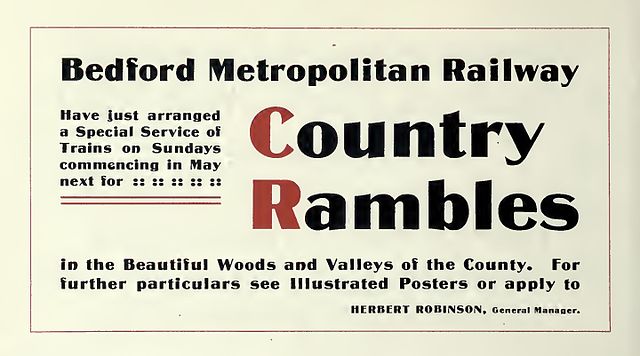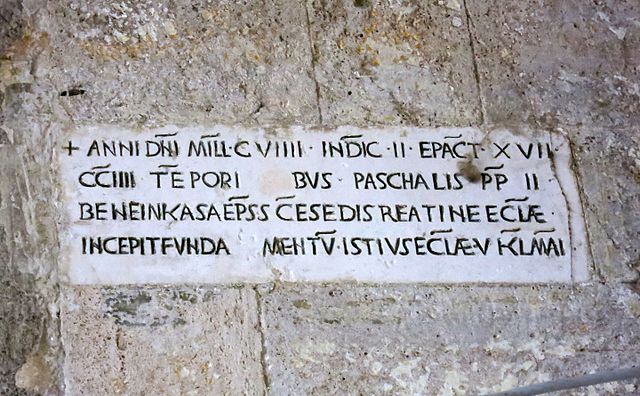Helvetica, also known by its original name Neue Haas Grotesk, is a widely used sans-serif typeface developed in 1957 by Swiss typeface designer Max Miedinger and Eduard Hoffmann.
A 1969 poster by Robert Geisser exemplifying the "Swiss" style of the 1950s and 60s: solid red colour, simple images and neo-grotesque sans-serif type, all in lower case. This design appears to use Helvetica or a close imitation.
Warszawa Centralna railway station neon sign in Poland, 2010
Chicago 'L' signage
National Film Board of Canada logo
In typography and lettering, a sans-serif, sans serif, gothic, or simply sans letterform is one that does not have extending features called "serifs" at the end of strokes. Sans-serif typefaces tend to have less stroke width variation than serif typefaces. They are often used to convey simplicity and modernity or minimalism. For the purposes of type classification, sans-serif designs are usually divided into these major groups: § Grotesque and § Neo-grotesque, § Geometric, § Humanist and § Other or mixed.
Rothbury, an early modulated sans-serif typeface from 1915. The strokes vary in width considerably.
Sans-serif letterforms in ancient Etruscan on the Cippus Perusinus
Roman square capitals, the inspiration for serif letters
A 12th-century Medieval Latin inscription in Italy featuring sans-serif capitals








